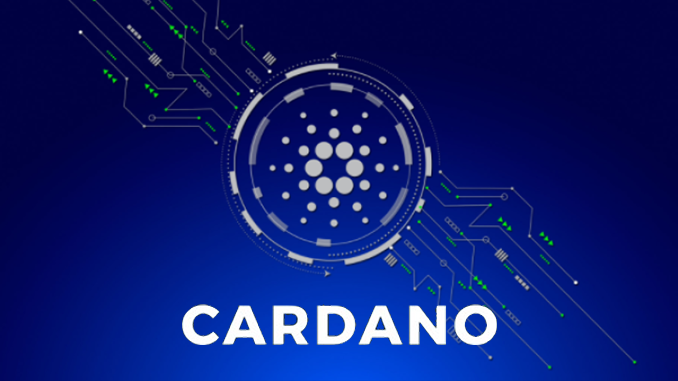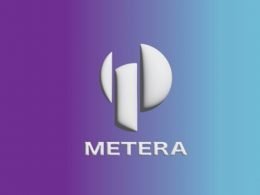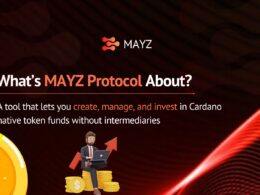Another month of hard work in the books. This month in Cardano 360 the team covers parameters changes to the Cardano protocol, The PAB(Plutus application backend), big updates with the ERC-20 token converter, also a cross chain NFT bridge by Bondly plus an update from John O’connor on the teams progress in Africa.
PAB and Parameters Changes
Development on the PAB is moving along well, as a reminder the PAB is currently on the test net and has been integrated with the wallet backend. Partners are now working to integrate their Dapps on the test net, to ready themselves for the main net launch. Nigel Hemsley, head of delivery for Cardano talked about the integration and a partnership with Mlabs. A Haskell, Rust blockchain and AI consultants who are also building a NFT market place. The partners currently integrating are helping the development of the PAB by spotting different problems and things the dev team may not have thought about.
We learned about some significant changes on the horizon, John Woods, director of architecture at Cardnao walked us through some parameters changes that will help increase the throughput of the Cardano protocol. John explains that every time a new block is minted it has to be distributed across the network in under five seconds, under current parameters this is done in about two seconds. The goal is to budget the extra three seconds to improve Cardano in various ways.

Two big improvements are on the way to the main net. One of the ways to improve is to increase the block size. This will simply add to the amount we can fit in one block. The second parameter change coming is an increase to the memory limit for Plutus scripts on a per transaction basis, this means the amount of data in the script will increase, something devs have been asking for since the Alonzo hard fork combinator event. Both of these are going to be increased by 12.5%. These changes make it so we can now fit 12.5% more in a block, also we can write Plutus scripts that are 12.5% more sophisticated, these updates help level up the protocol closer to those theoretical throughput limits while increasing the usability for users once some of the Dapps go live.
ERC-20 Token Converter
One of the most anticipated projects from IOG, the ERC-20 token converter. This will allow any Ethereum token to migrate from the Ethereum ecosystem to the Cardano ecosystem as a Cardano native asset. Joaquin Lopez Diaz, a team member at IOG updates us on progress made. The token converter is currently undergoing tests and audits on a internal testing environment, according to Joaquin
“Today we are happy to say, we have a final version we can deploy to our testing environment”
once it’s confirmed that all is working properly, Then token converter will make the jump to the live test net where the community can try it out for ourselves. This is huge for Cardano, Ethereum projects will come to leverage the Cardano native asset for things like predictable fees and security advantages.
One big difference between this bridge and others is that the bridge is custodial, not permission less. This means there is one central authority in custody of the keys. The bridge works by locking your ERC-20 tokens on Ethereum and minting an equal amount on Cardano, as an Cardano native asset all verifiable on chain. The bridge also works in reverse encouraging interoperability as the user gets to decide where they want their coins to live.
NFTs
NFT’s on Cardano have exploded, many milestones have been reached across different NFT sites. Over 100,000 minted NFT’s on NFT-Maker.io, or over 100,000 registered users on CNFT.IO. As a whole Cardano has seen more than 1.7 million NFT’s minted on chain with about 1.5 million ADA traded. The CNFT space is growing everyday. With this kind of demand, Bondly is working on a NFT bridge called the 1155 bridge. This bridge will connect Ethereum NFT’s to Cardano and back again. Josh Miller, the commercial NFT business lead at IOG talks to Bondly about the bridge.
The Bondly cross chain bridge is slated to be in beta sometime in Q1 2022. Also a NFT series is in the works related to the 1155 bridge. Josh explains that NFTs can offer an alternative for your project to get funding.
“This is something that hasn’t been utilized in the past, where you can bootstrap a collection and give it a roadmap”
Rob Tran, COO of Bondly says:
“We actually have a lot of experience in that space, through our launch pad we have helped 15 projects get funding with NFT’s”.
Another reason Bondly has decided to start working with IOG and Cardano is because of the energy requirement to mint NFTs. Bondly works with many big entertainment brands whose number one concern is energy consumption. One transaction on Ethereum uses the same amount of energy as some homes use in a day and a half. The bridge has a potential to mitigate a large amount of this energy consumption, while also bringing a large amount of new users to Cardano. Bondly COO, Rob continues on why they choose Cardano over other blockchains
“The future of blockchain is interoperability- And Cardano is literally the most anticipated smart contract platform in the blockchain space and we want to be apart of it”.
An Update from Africa
Over the last month Charles Hoskinson, John O’Connor and the IOG team have traveled all over Africa. Starting in the country of South Africa the team talked to central banks, stock exchanges and even some mobile browsers within the country. In todays Cardano 360 John hints that
“From this leg of the trip there are two or three very exciting deals that can bring 100 to 140 million users to Cardano”
After South Africa the crew flew to Tanzania to meet with the World Mobile team. World Mobile is one of the first projects to deploy a Cardano native asset, they are some of the first to build out a decentralized mobile mesh network across the continent of Africa. While in Tanzania the team got to see the early infrastructure. Next the team arrived in Burundi where they met with the president and at a high level, the team talked to five ministries about adoption of decentralized identity. Next year in Burundi a census is taking place and the team pitched Atala Prism as a helpful solution. The team keeps moving next in Ethiopia where they spent time with the ministry of education where talks of expanding deals and finalizing details on the first ministry of education deal that will on board five million students through Atala prism to the Cardano blockchain. Next in Kenya, John tells us about his excitement for “Realfi” real lending to real business where a lot of people are struggling to access capital and have low default rates. Last but not least the team ended up in Egypt where they had some well deserved rest before coming back home to work some more. Check out the full Cardano 360 here
Don’t forget to stake your ADA!










